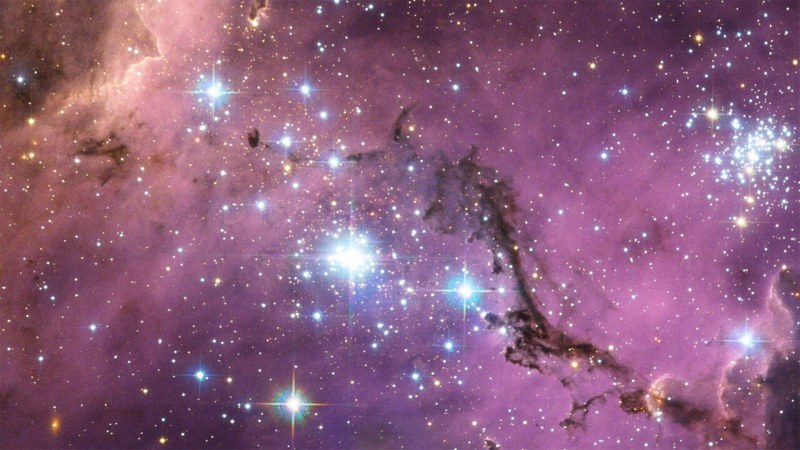Scientists captures the dying star in a neighboring galaxy with first ever close-up

Astronomers have captured an unprecedented close-up image of a star nearing the end of its life, enveloped in gas and dust as it approaches a spectacular supernova explosion. This milestone marks the first time such a pivotal stage of stellar evolution has been photographed in detail. What adds to the significance of this discovery is that the star lies outside our Milky Way galaxy, residing in a neighboring galaxy known as the Large Magellanic Cloud.
The star in question, named WOH G64, is approximately 160,000 light-years away from Earth. For context, a light-year is the distance light travels in a year, equaling about 5.9 trillion miles (9.5 trillion kilometers). Using the Very Large Telescope Interferometer at the European Southern Observatory in Chile, researchers captured the somewhat blurry but revealing image. It shows the star surrounded by a glowing, egg-shaped nebula—an envelope of gas and dust likely expelled by the star itself. Beyond this nebula, a faint oval ring of dust can also be observed.
Keiichi Ohnaka, an astronomer at Universidad Andrés Bello in Chile and the study’s lead author, explained that the star is shedding material unevenly, leading to the observed asymmetrical shapes. Alternatively, these irregularities might result from the gravitational pull of a hidden companion star. The results were released in the Astronomy & Astrophysics journal.
WOH G64 is a red supergiant, an immense type of star that, before losing material, was estimated to be 25 to 40 times the mass of the sun. According to study co-author Jacco van Loon of Keele University in England, the star’s massive size means it has a shorter lifespan, around 10 to 20 million years, and is now nearing its end. Its size would reach Saturn’s orbit if it were positioned in the center of our solar system.
The Large Magellanic Cloud, a satellite galaxy of the Milky Way, offers unique conditions, such as lower dust content and fewer metals, that differ from our galaxy. These characteristics mirror what the early universe may have been like and could influence how stars like WOH G64 evolve and ultimately die.


